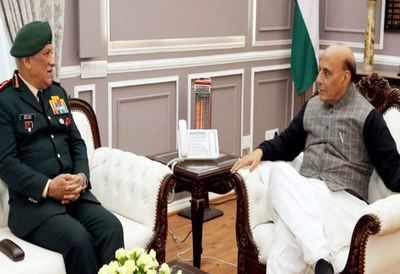How lawyers formed ring around protesters

Within minutes of police preparing to detain protesters, a call goes out on social media — Lawyers Needed” — with location and thana details, and sometimes just the name of the city. Like the time when anti-CAA kollam activist in Chennai, Gayatri Khandhadhai, was detained some days ago. The text simply read: “Lawyer needed in Chennai”.
A code of resistance protocol has taken shape since the December 15 police action at Delhis Jamia Millia Islamia University that threw mostly college and university students, all born in the 1990s, into a dizzying world of posters, slogans and protests.
Not only from protest locations, calls for legal aid are also made from home sites — like when Surya Rajappan called her “lawyer friends”. Surya had triple-locked her front door to keep out a mob barging into their third-floor apartment in a south Delhi colony after they protested against CAA during home minister Amit Shahs campaign in the area on the issue.
She was scared, Rajappan said, “but my legal brain was working”. Within an hour, she said, 15 lawyers stood on the road outside her flat. But they were unable to enter because her landlord, who had been part of the mob, locked the entrance on the ground floor. The lawyers did not budge.
“This amazing group of lawyers has been working for detainees 24×7,” said Rajappan, who little expected that she would have to call them for her own help. The loose network Rajappan referred to is known as Lawyers for detainees. The night of the Jamia incident on December 15, as students were held at various police stations, some badly bruised, lawyers quickly waded in to help.
“Police has to either release them or arrest them. It is that in-between period when detainees need help. Once arrested, protocol should kick in, but detainees can get stuck in a grey zone,” said a lawyer, who arrived at Delhis Daryaganj Kotwali around 7pm on December 20 responding to an SOS message after a protest turned violent.
Stones, mismatched slippers, blood blots greeted another lawyer, Samir, outside Daryaganj police station at dusk. No one knew how many detainees were inside, but there were nearly 50 lawyers outside the bolted thana gates, insisting to be let in. The lawyers refused to move till police let them in. They then helped in the release of detainees and processed papers for bail of those arrested.
As it became clear protests would continue, as could detentions, more and more lawyers chipped in, splitting into groups to visit different police stations, and procuring release orders from local magistrates in the dead of the night.
Lawyer Mishika Singh has been inundated with messages for support. She had kicked off the drive to rally lawyers with an initial list of 11 legal practitioners willing to work pro bono for detainees. As protests intensified, Singh posted contacts of lawyers online, along with five tips on what to “remember” when detained. Her message, written with a sense of urgency, swiftly went viral. Protestors shared it widely — as statuses on Twitter, Instagram, Facebook, in personal chats and sent out broadcasts to closed online groups.
“We had lawyers on the ground with reports of detentions from everywhere. Having legal representatives at every protest site helped us galvanise our resources judiciously,” said Singh, who has been coordinating between states as lawyers form fact-finding teams to probe the violence reported from KarnatakRead More – Source
[contf] [contfnew] 
times of india
[contfnewc] [contfnewc]



